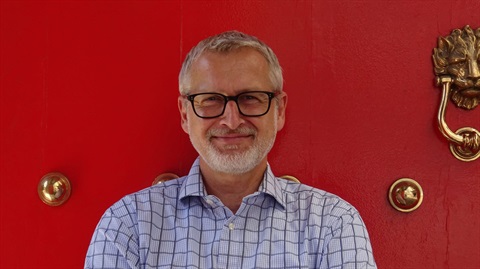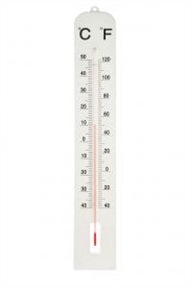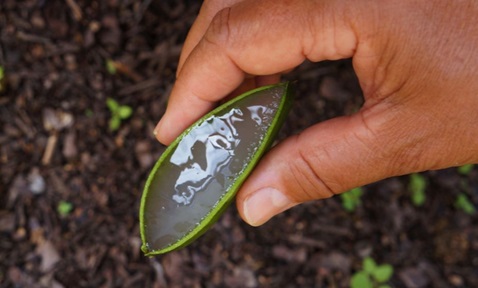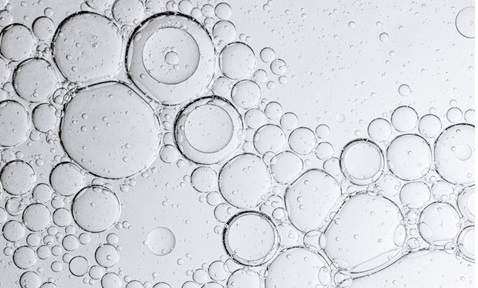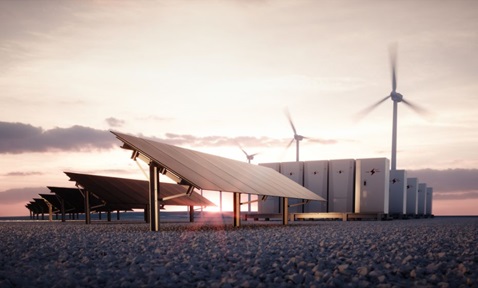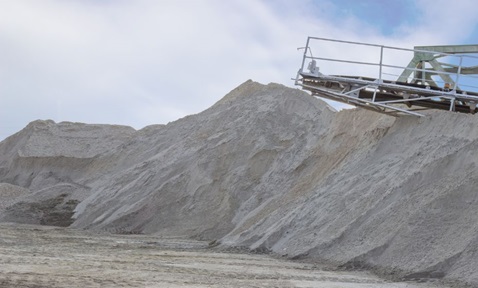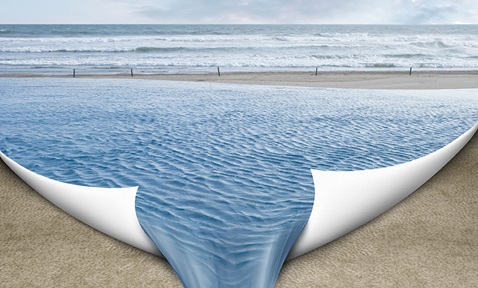
Combined Cold Carbon Capture and Thermal Energy Storage
Synopsis
This invention addresses the two major challenges in carbon capture and storage: the high energy penalty of carbon capture and the low energy density of thermal energy storage. By integrating cold carbon capture technology with cold thermal energy storage, this system enables low-cost carbon capture technology from both flue gas and ambient air while significantly improving sustainable energy storage solutions. The approach reduces carbon capture energy penalties by up to 90%, making direct air capture (DAC) more economically viable and increasing thermal energy storage efficiency with twice the energy density of conventional materials.
Opportunity
Carbon capture and storage is a crucial component of global climate mitigation, expected to contribute 15-55% of cumulative climate goals by 2100. However, the adoption of carbon capture technologies is less than 0.01% of the expected level, hindered by high energy costs, particularly for direct air capture (DAC), which extracts low-concentration CO₂ from ambient air. Lowering the energy penalty and cost of carbon capture is essential for widespread implementation.
Simultaneously, cold thermal energy storage (CTES) plays a vital role in sustainable energy storage, as thermal energy constitutes more than 50% of total end-use energy consumption. With cooling demand projected to triple by 2050, and surpass heating by 2060s, advancements in next-gen thermal energy storage materials are essential. However, current CTES methods rely on low-energy density materials like water and rocks, leading to inefficiencies in storage and transportation.
By integrating cold carbon capture technology with thermal energy storage, this system reduces the cost of DAC to below $160/tCO2 – the break-even point for profitability. Additionally, the energy density of CTES is doubled, significantly lowering storage and transportation costs.
Technology
The invention combines carbon capture and cold thermal energy storage through a unique redox reaction-based process. Unlike conventional DAC, which operates at high temperatures, this system captures and releases CO₂ at significantly lower temperatures, improving capture capacity for ambient air and making use of low-grade heat sources such as flue gas from steam turbines, waste heat from abandoned oil and gas wells and ambient air heat sources.
The system also functions in a hot operation mode, enabling the storage and transport of thermal energy while regularing humidity, CO2 concentration and air temperature in indoor environments. By integrating carbon capture and storage with sustainable energy storage solutions, this technology unlocks new opportunities for geothermal exploitation, building cooling and heating applications.

Figure 1: An illustrative process of the combined cold CC and TES concept using air or flue gas to transport LNG cold energy. CO2 is absorbed and released when the cold energy (a) or hot energy (b) is charged and discharged, making the whole process operate at a temperature range much lower than conventional DAC processes, reducing the energy penalty, realising high thermal energy storage density and air quality regulation.
Applications & Advantages
Applications:
- Cold carbon capture technology for DAC and industrial CO₂ reduction.
- Cold thermal energy storage for efficient cooling and heating.
- Sustainable energy storage for waste heat recovery and distribution.
- Next-gen thermal energy storage for geothermal and urban energy systems.
Advantages:
- Low-cost carbon capture technology with up to 90% energy penalty reduction.
- Twice the energy density of current cold thermal energy storage materials.
- Dual-function system for CO₂ absorption and thermal energy transport.
- Utilises free heat sources, minimising additional energy input.
- Applicable for in-situ DAC, geothermal energy and HVAC optimisation.




